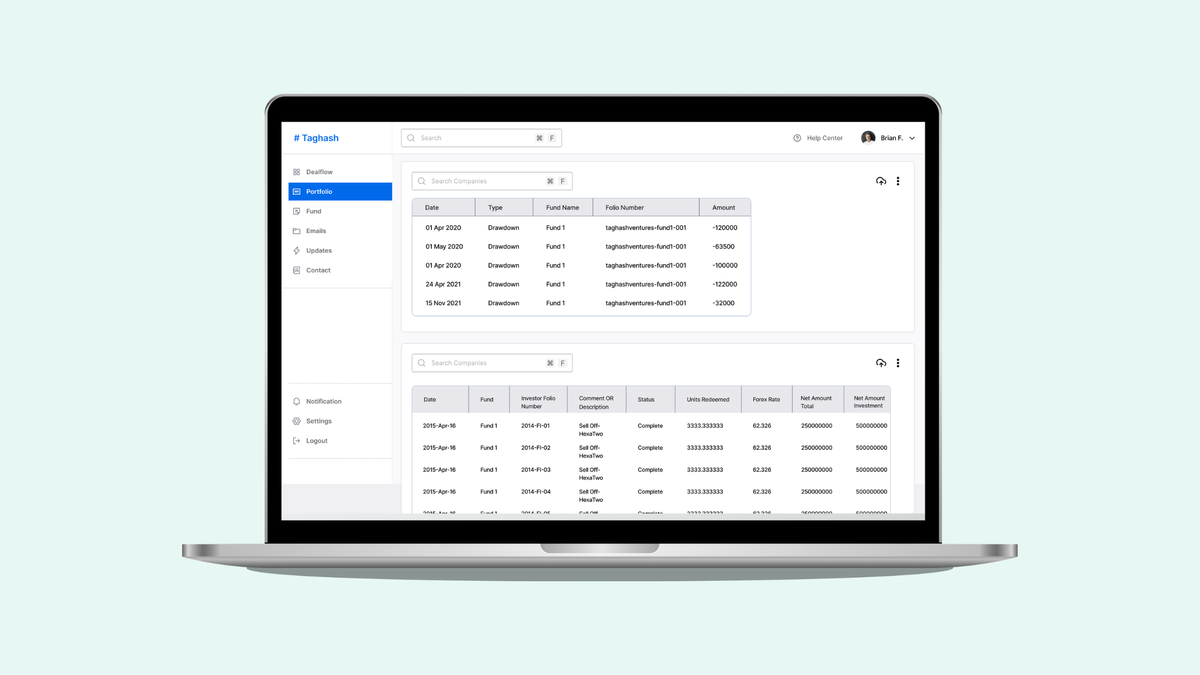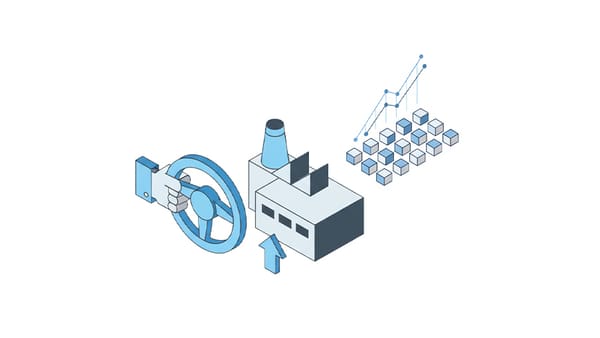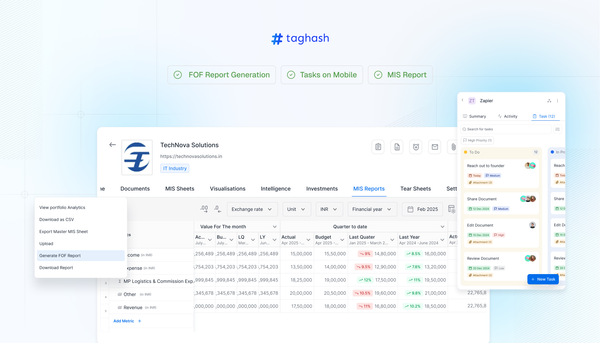LP Reporting Best Practices: How VCs Can Excel in Investor Relations
In a landscape where trust and transparency are paramount, this blog serves as an essential guide for any GP aiming to excel in investor relations and secure future funding.

In the ever-evolving landscape of venture capital, transparency and robust communication between General Partners (GPs) and Limited Partners (LPs) have become paramount. As the industry grows, with assets under management (AUM) tripling from $574 billion in December 2016 to $1.68 trillion in March 2021, the expectations and demands from LPs have significantly shifted. In this blog, we will explore the best practices for LP reporting that can help venture capitalists (VCs) build stronger relationships with their LPs, meet evolving expectations, and ultimately secure more funding.
Understanding LP Reporting
LP reporting is a critical aspect of venture capital management, serving as the primary means of communication between GPs and their LPs. These reports provide LPs with insights into the performance of their investments, the progress of the portfolio companies, and the overall health of the fund. Effective LP reporting is more than just a regulatory requirement—it's a strategic tool for building trust and demonstrating value to investors.
Types of Reports
LP reports typically fall into several categories:
- Quarterly Reports: Provide a snapshot of fund performance, key portfolio updates, and market trends.
- Annual Reports: Offer a comprehensive view of the fund's performance over the year, including financial statements, portfolio summaries, and strategic insights.
- Ad-Hoc Updates: Address specific events or changes in the fund or portfolio companies, such as significant exits, new investments, or shifts in strategy.
The Importance of Regular and Transparent Reporting
The relationship between GPs and LPs is built on trust, and nothing fosters trust more effectively than transparency and consistent communication. By providing LPs with clear, accurate, and timely reports, GPs can not only meet their fiduciary responsibilities but also strengthen their relationships with their investors. This, in turn, can lead to greater support in future fundraising efforts and a more collaborative partnership.
Building Trust
Regular and transparent reporting demonstrates a GP’s commitment to keeping LPs informed, which is crucial for maintaining their confidence and trust. In an increasingly competitive market, where LPs are more selective about where they invest their capital, GPs who excel in communication have a distinct advantage.
Compliance and Accountability
Accurate LP reporting also ensures compliance with legal and fiduciary responsibilities. By adhering to the agreed-upon reporting schedules and providing thorough documentation, GPs can avoid potential disputes and maintain a smooth, professional relationship with their LPs.
Informed Decision-Making
For LPs, receiving detailed and insightful reports allows them to make informed decisions about their investments. By understanding the performance and trajectory of the fund, LPs can better align their investment strategies and expectations, leading to a more effective partnership with the GP.
Best Practices for Effective LP Reporting
1. Consistency in Reporting
Consistency is key in LP reporting. Reports should follow a standard format and be delivered at regular intervals, typically 30-45 days after the end of each quarter. This not only helps to establish reliability but also makes it easier for LPs to compare reports over time and track the fund's progress.
2. Clarity and Transparency
LP reports should be clear, concise, and easy to understand. Avoid jargon and complex financial terms that may confuse the reader. Instead, focus on presenting data in a straightforward manner, with accompanying explanations where necessary. Transparency is also crucial—be honest about both successes andchallenges, as this builds credibility.
3. Tailoring Reports to LP Needs
Understanding the unique needs and preferences of your LPs can greatly enhance the effectiveness of your reporting. Institutional investors may require more detailed updates, while high-net-worth individuals might be satisfied with standard quarterly reports. Customizing your reports to meet these needs, without overburdening your team, can improve LP satisfaction.
4. Integrating Qualitative Insights
In addition to quantitative data, qualitative insights are invaluable in LP reporting. Providing context around market trends, portfolio company developments, and strategic decisions can help LPs gain a deeper understanding of the fund's performance and direction. This is particularly important for emerging managers, who need to establish their credibility and track record.
5. Leveraging Technology
Technology plays a crucial role in streamlining the reporting process. Platforms like Taghash's LP Dashboard and Portfolio Management solutions can automate data collection, analysis, and report generation, saving time and reducing the risk of errors. By leveraging these tools, GPs can ensure that their reports are not only accurate but also delivered in a timely manner, enhancing their reputation with LPs.
Common Challenges in LP Reporting and How to Overcome Them
Data Accuracy and Consistency
Maintaining accurate and consistent data across reports can be challenging, especially as the volume of information grows. Implementing robust data management systems and regularly auditing your reports can help ensure accuracy.
Managing LP Expectations
LPs may have varying expectations when it comes to reporting, making it difficult to satisfy everyone. Regular communication and setting clear expectations from the outset can help manage these differences and prevent misunderstandings.
Resource Constraints
For smaller firms or emerging managers, dedicating sufficient resources to produce high-quality reports can be a challenge. Automating parts of the reporting process through technology can help alleviate this burden, allowing you to focus on more strategic tasks.
The Role of LP Reporting in Long-Term VC-LP Relationships
Effective LP reporting is not just about meeting obligations—it's a powerful tool for building long-term relationships with your investors. By consistently delivering valuable insights and maintaining open communication, GPs can foster deeper collaboration with their LPs, which can lead to more successful fundraising efforts in the future.
Conclusion
In today’s competitive venture capital landscape, excelling in LP reporting is more important than ever. By adopting best practices, leveraging technology, and maintaining transparency, GPs can build stronger relationships with their LPs, stand out in the market, and set themselves up for long-term success.
Interested in improving your LP reporting process? Book a demo with Taghash to see how our solutions can help you streamline your reporting, enhance transparency, and build stronger relationships with your LPs





